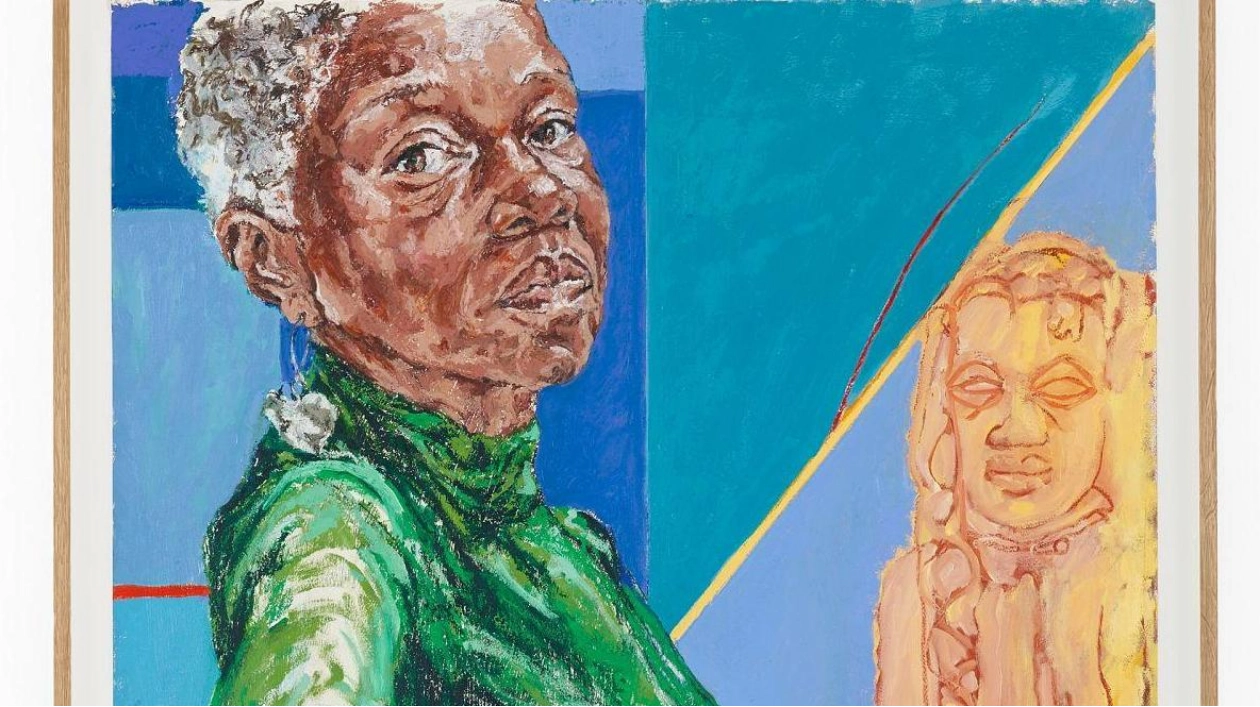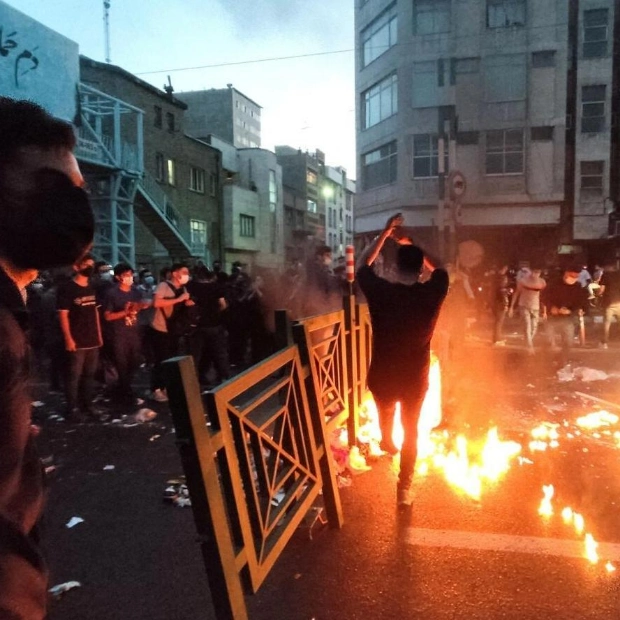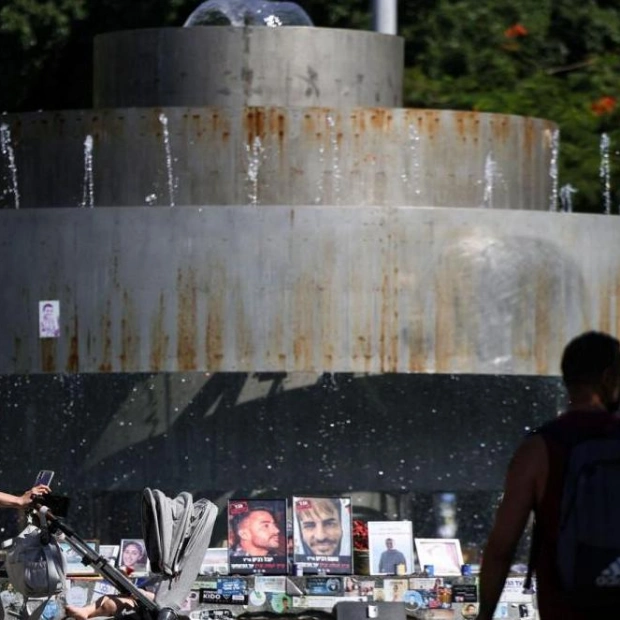Britain's confrontations with individual cultural heritage dominate this year’s Turner Prize nominees, as an exhibition featuring the four nominees opens to the public today at London’s Tate Britain. Pio Abad, Claudette Johnson, Jasleen Kaur, and Delaine Le Bas showcase a blend of their nominated works alongside older pieces for public viewing, prior to the judges’ decision on the winner at a ceremony on December 3rd.
“This is a very strong year,” says Linsey Young, a curator at Tate Britain, to Euronews Culture. The exhibition is divided into distinct sections, each representing different mediums, styles, and cultures. From Kaur’s iconic Ford Escort adorned with a doily to Abad’s intricate drawings, the diversity in styles is one of the most varied in recent memory.
While the nominees reflect the jury’s assessment of the best contemporary art developments, the exhibition marks the first time all four artists’ works are displayed together, creating a fresh perspective on this year’s candidates, explains Young. “All four artists are addressing the most pressing issues in the arts today,” she continues. Themes of decolonization, anti-imperial struggles, borders, migration, and the role of museums in the world are central.
Pio Abad, the Filipino artist nominated for his solo exhibition ‘To Those Sitting in Darkness’ at the Ashmolean Museum in Oxford, presents a striking display of his exploration of colonial legacies and everyday life. His drawing of the underside of Powhatan’s Mantle, a deer hide given to King James I by the Native American Powhatan Paramount chiefdom, is a poignant “atlas for the many lands that can never be recovered.”
Jasleen Kaur’s section features her doily-covered Ford Escort playing pop songs, surrounded by a netting of assorted remnants from her Sufi-Indian heritage. Most poignant is a recording of Kaur singing Sufi Islamic devotional music, a testament to her work against colonialism.
Delaine Le Bas recreates her nominated show ‘Incipit Vita Nova’ at Secession in Vienna. Her three-section installation explores themes of death, loss, and renewal through paintings, sculptures, architecture, writing, performance, sound, light, and textile.
Finally, Claudette Johnson, a longstanding member of the BLK Art Group, showcases her distinct portraiture work. Her large-scale paintings of Black individuals aim to center Black identity in Britain, emphasizing that “Black people have existed in the past, exist now, and will exist in the future.”






